Masdar’s Global GenZ Sustainability Survey found that we believe that climate change is the biggest threat over the next decade. The solution to mitigate climate change lies in energy and we need to develop energy technology that is not only clean and reliable, but also affordable and abundant. Small modular reactors are simple and flexible and can be scaled up or down according to needs. This advanced nuclear technology is ready to be deployed by 2026. All we need is additional investment for commercialization and push from policymakers to make it happen.
|
This video is my entry to the 2017 Masdar Engage Blogging Contest, part of Abu Dhabi Sustainability Week. Vote here for my video!
Masdar’s Global GenZ Sustainability Survey found that we believe that climate change is the biggest threat over the next decade. The solution to mitigate climate change lies in energy and we need to develop energy technology that is not only clean and reliable, but also affordable and abundant. Small modular reactors are simple and flexible and can be scaled up or down according to needs. This advanced nuclear technology is ready to be deployed by 2026. All we need is additional investment for commercialization and push from policymakers to make it happen.
0 Comments
Climate change may be one of the biggest challenges of our time. The thing is, we do have the technology to solve it. The problem is that it's expensive - as compared to traditional fossil fuels that are currently providing most of our energy. In his recent annual letter, Bill Gates says: "We need an energy miracle. A cheap, clean source of energy would change everything." - Bill Gates Renewable energies, like solar and wind, are clean but can't compete in an open electricity market without subsidies. Carbon sequestration with fossil fuels only makes sense with a high carbon tax. And, because of strict regulations and high construction costs, nuclear energy is also expensive. From the perspective of the fuel and reactor itself, nuclear energy is actually very inexpensive. Uranium fuel has a very high energy density, so a lot less of it is needed than fossil fuel to produce the same amount of electricity. High regulatory requirements drive up the cost both during construction and operation, but also make nuclear power one of the safest industries in the world. Nuclear power plants made a lot of sense to build in the 1970s because energy markets were regulated and prices could be set to ensure that the plant would make money over a long period of time. Since then, the reform of the electricity industry has been undertaken as part of wider economic reform driven by a range of factors including the globalization of the world economy and pressures to improve domestic and international competitiveness, trends towards smaller government and emerging beliefs in free market principles. The current energy market, in most industrialized countries, depends on electricity prices for the benefit of consumers, and is not dependent on the environment, emissions, or reliability. Many large nuclear power plants under construction right now, especially in Europe, are facing significant cost overruns and investors are threatening to pull out. In the past few years, China has been the most successful in completing construction and putting nuclear reactors online. Although the Chinese electricity industry has undergone some reform, most of it is still owned by state-holding enterprises. In addition, cheap labor and material decrease construction costs. In the United States, nuclear power plants are closing early - well before their license retirement dates - because they can't compete with low natural gas prices and the short-term nature of the competitive market. Illinois may be the first state to pass an energy law that would include implementation of a zero emission standard, specifically to keep nuclear power plants open. Electricity markets are only moving more and more towards deregulation and open markets. Government incentives and subsidies can't be the only enabler for clean energy. Clean energy sources need to be able to compete on price. The costs of renewables are decreasing every year, but are not enough to tackle the climate change and energy problem. Significantly reducing the construction and operation costs of nuclear power plants could be the "energy miracle" that is needed for climate change. This is possible through streamlining regulation, modular construction and efficient operation. More on this in the next post! By Lenka Kollar This post is part of Masdar's Engage Blogging Contest for Abu Dhabi Sustainability Week 2016. Vote for my entry here. From putting a man on the moon to civilian use of GPS, scientific innovation has often been the result of public-private partnerships in which the government sponsors basic research and private companies continue development and commercialize the innovation. Governments can adopt policies to make this process more efficient by incentivizing companies to innovate and help solve the world’s biggest challenges today, including the transition to a sustainable and clean energy economy. Successful government innovation programs have often involved two things: research and incentive. The government needs to provide funding and facilities for basic scientific research that companies do not have the resources to undertake. Take for example the development of first mass-produced plug-in hybrid electric car in the United States, the Chevy Volt. Government-sponsored research at Argonne National Laboratory created the technology for the battery that powers the car in electric mode. Chevrolet, which did not have the resources and facilities to do this kind of research, then commercialized the batteries for use in the cars. Private companies can also get started earlier in the process by utilizing existing government or university facilities and funding for research. For example, Masdar City in Abu Dhabi creates a community and provides facilities for research in sustainable technology. With Siemens regional headquarters onsite and other companies taking part, Masdar City provides for an innovation hub that fosters public-private partnerships. More than making basic research and facilities available to companies, the government can also incentivize private innovation with support and funding. A recent and ongoing example of this is the US Department of Energy investment in innovative small modular reactors for clean and sustainable energy production. Through a five-year cost-share agreement, the government invests up to half of the total project cost, with the project’s industry partners matching this investment by at least one-to-one. The Department of Energy also provides assistance for engineering and design certification with the regulator. Government support is essential for both established companies and start-ups in developing such a complex technology with heavy regulation. Governments can develop policies to streamline public-private partnership and enable the private sector to develop the goods and services necessary for a global transition to a sustainable economy. Governments should fund and provide access to scientific research and facilities and incentivize companies to innovate with support and investment, as showed in the examples above. In addition, the type of government support—research, facilities, funding, etc.—needs to be tailored to different technology sectors and economies. Advanced clean energy systems in developing economies may require a more hands-on government approach while energy efficiency could involve simple government grants to develop innovative products in this area. There is not one specific approach to fostering public-private partnerships but many pathways for the government to provide support and incentives for innovation in sustainable technology. The government should be an enabler (through effective support), rather than a disabler (through stricter regulations), in order to see the kind of large-scale transition that we need to achieve a sustainable economy. See my posts from previous Masdar blogging contests: Nuclear Energy's Role in Sustainable Development (2014) and Sustainable Urbanization 2015 to 2030 (2015).
You may or may not have heard the hype about “COP21” in the media, political arenas, or on the cover of an airport magazine (pictured above). It kind of sounds like an underground music festival or maybe a conference for cops? It is a conference...in early December, Paris will host the 21st Conference of the Parties of the United Nations Intergovernmental Panel on Climate Change. So not as exciting as a music festival, but it does have far more potential for global impact.
The Kyoto Protocol following the summit in 1997 brought 37 countries together to pledge to reduce their greenhouse gases by at least 5%. Kyoto brought the issue of climate change to direct policy, but most countries have failed to meet their Kyoto goals. The 2009 summit in Copenhangen failed to reach consensus and the decision was delayed to 2015, to COP21. The objective of COP21 is to devise a new agreement in which countries will pledge to reduce green house gas emissions in order to keep the average global temperature increase under 2 degrees Celsius (as compared to pre-industrial levels). This means reducing greenhouse gases by 40 to 70% by 2050 from 2010 levels. While the contribution of human activity to climate change is still disputed by some, action needs to be taken to mitigate the immediate impact of fossil fuels on human health and the environment. Air pollution has become a major concern for China. Island nations are completely threatened by rising sea levels from melting ice caps. Recognizing that cities are responsible for 70% of carbon emissions, 1000 mayors and city officials will come together at a side summit at COP21. Led by Paris mayor Anne Hidalgo, and NYC’s Michael R. Bloomberg, cities will devise a local plan to combat global warming. With more than 1 billion of the world population still without electricity, the global demand for energy continues to rise. Developed countries must pave the way in clean energy and foster sustainable development in growing economies. For more information, check out the COP21paris.org and the IAEA's 2015 report on Climate Change and Nuclear Power. by Lenka Kollar 18% of the worldwide population, or 1.3 billion people, don't have access to electricity, according to the OECD. And, nearly 40% (2.7 billion people) still rely on traditional biomass (wood, charcoal, agricultural waste and animal dung) for cooking. Most of these people are in Sub-Saharan Africa and developing Asia, regions that are experiencing large economic and populations growth. "Development of human capital is crucial in enabling progress towards modern industrial society. It is also nearly impossible to make significant progress without adequate, affordable and uninterrupted access to energy and services." -- IAEA Report on Climate Change and Nuclear Power 2015 Access to sustainable forms of energy leads to immediate and significant savings in labor needed for collecting traditional fuels. In addition, the use of artificial lighting provided by electricity allows people to work beyond daylight hours. With more time, people in developing countries can do more productive activities the generate more economic growth, such as education and industrial work.
Access to electricity allows for the refrigeration of food, thus reducing the risk of food shortages. Organizations have access to information technologies with electricity and computers, further enhancing education and communication. Energy is also a major contributor to improving access to modern medicine. Population growth and rapid urbanization will drive upward pressure on energy demand in developing countries, this will have a major impact on the environment. The magnitude of this impact on climate change will strongly depend on policy measures undertaken by governments. Governments and international organizations are working together to tackle the global development and energy challenge through the UN Sustainable Development Goals. In addition, a new legal instrument on climate change will be prepared and approved at the 21st Conference of the Parties (COP21) in Paris this December, superseding the Kyoto Protocol. A plan is needed to keep the "2-degree" scenario, meaning that we must control the emissions of greenhouse gases so that the increase of global average temperature will not exceed 2°C relative to pre-industrial levels. This will take a comprehensive plan of action involving sustainable development, energy efficiency, and, most importantly, extensive use of clean energy. For more information, check out the 2015 IAEA Report on Climate Change and Nuclear Power. "Is nuclear energy safe?" ...which one? That's what Kirk Sorensen, of Flibe Energy, answers when people ask him if nuclear energy is safe. When explaining the benefits of the Liquid Fluoride Thorium Reactor (LFTR) in the video above, he makes the point that there are many more technologies available to produce electricity from nuclear energy. LFTR is one of these and is different from traditional nuclear energy in use today in that is utilizes a liquid thorium fuel instead of solid uranium fuel that needs to be cooled by water.
Thorium is four times as more common in the Earth's crust than uranium and can also be utilized more efficiently in a reactor. The safety issues in traditional pressurized water reactors stem from the fact that the solid uranium fuel must be cooled by water that is kept at a high pressure. Because of this, safety systems are needed to cover the core with water and cool it in case of an accident. The LFTR utilizes fluoride salt as a nuclear fuel and therefore doesn't use water for cooling and doesn't have to operate at a high pressure. This means that the core will not 'meltdown' in the case of an accident. Although the current commercial nuclear reactors in operation around the world are safe, there are more advanced nuclear technologies that are even more safe and efficient. We are currently operating only the second generation of nuclear reactors. Imagine if we were still using the second generation of other technologies, like the car or the cell phone? It's time to invest in and develop these advanced nuclear technologies to meet the world's growing energy needs in a clean and sustainable manner. The Stone Age came to an end not for a lack of stones and the oil age will end, but not for a lack of oil." – Ahmed Zaki Yamani The Abu Dhabi Economic Vision 2030 is an initiative to diversify the economy from oil and gas to other industrial sectors, as partly described in my earlier post on wealth before development. The UAE must diversify for fiscal, economic, socio-economic, and conservation reasons. The economy is vulnerable to oil prices and the oil industry itself does not create a lot of jobs within the country.
The Khalifa Fund for Enterprise Development is funding small and medium businesses and has lent out over 1 billion dirhams to about 600 projects so far. Their idea is to foster an entrepreneurship culture within the UAE by identifying and encouraging citizens that are serious about starting a business and providing them with the necessary tools and funding. One interesting example is that Khalifa has funded artisans, mainly women, to design travel pouches for Etihad airlines. Right now the economy is 70% resource (oil) based and 30% knowledge based. The Abu Dhabi Education Council is trying to flip this ratio. They've partners with top universities such as NYU and INSEAD to bring campuses to Abu Dhabi. In addition, only 20% of university graduates are in the STEM fields, but much more human capital in technology will be needed to support a knowledge-based economy. One of the emerging sectors is renewable energy. The UAE is investing in renewable energy to diversify the energy supply, reduce carbon emissions, and create jobs. Renewables can also reduce water consumption for power generation by 19%. The International Renewable Energy Agency (IRENA) will actually have its new headquarters in Masdar City (pictured above). By Nicholas Thompson The Environmental Protection Agency has proposed a rule for regulating carbon emissions, or to be more precise, average carbon emissions per power produced. There is a fundamental difference between these two things, which will have a large impact on whether or not emissions actually decrease, and by how much. What the Clean Power Plan proposes is setting emissions targets for each state based on a formula that calculates pounds of CO2 emissions per megawatt-hour of energy produced. To use an analogy, imagine you ran a delivery service and had a fleet of delivery vehicles; this regulation would be looking not at the total emissions of those vehicles, but the average miles per gallon across the fleet. Retiring old vehicles (coal) that don’t get as good mileage and replacing them with better ones (natural gas) would be one way to reduce the fleet’s average miles per gallon. To extend the analogy though, the best way to reduce the miles per gallon of the fleet would be to switch to electric vehicles (nuclear and renewables), since they consume no fuel. This is where the problem begins with the Clean Power Plan. In order to calculate the state’s target goal for emissions, all of the emissions from all sources are added up, and then divided by the sum of all the power produced by coal, oil, natural gas, renewables, but only 5.8% of the power produced by nuclear. This 5.8% number seems out of place; all other sources (except hydro) are fully accounted for, so why wasn’t nuclear? The answer is not clear, but what is clear is that a number of environmental groups, most notably the National Resources Defense Council (NRDC) played a large hand in helping shape the new rule, according The New York Times (reports here and here). When an attorney for the NRDC was asked about this, he responded by saying, “I observe that most of those nuclear plants were built a long time ago…Including them all would imply that states need to make sure all of them continue to operate. Compliance in states that had to close them down would be more difficult." Source Essentially what he’s saying is that nuclear plants shouldn’t be included in the regulation, because if they are, we can’t hit emissions targets without them. This is exactly the point that advocates for nuclear energy have been making; when nuclear plants close, emissions rise. However, since only 5.8% of nuclear is accounted for in the proposed regulation, closing of a nuclear plant and replacing it with natural gas can actually lead to a lower calculated emission per power produced, especially in states that are large consumers of coal.
Going back to the example with the fleet of cars, this would be like excluding 94% of the miles electric cars drove from your calculation of the fleet’s miles per gallon. In this case, getting rid of an electric car and buying a moderately fuel efficient car could yield a lower calculated miles per gallon of the fleet, even though overall emissions rose. In fact, if you go through the math, as PhD students Justin Knowles and Remy Devoe of UTK have done, there are a number of states which would have a lower calculated emissions/power produced if all the nuclear plants were closed and replaced with natural gas (even though this would yield much more emissions). Luckily, there is still time to look at all the documentation and submit a public comment on this proposed rule, the link for which is at the bottom of this document. How do you think the proposed regulation should be changed? Documents for the Clean Power Plan and how to submit a public comment to the EPA here. By Lenka Kollar There's been a lot of debate on the new Clean Power Plan proposed by the EPA last week. The plan outlines carbon reduction goals for each state that would cut carbon pollution by 30% by 2030, as compared to 2005 levels. Each state will come up with a plan to cut carbon emissions using the following mix of steps: 1. Improving efficiency at existing coal-fired power plants The bad news is that the coal industry is going to take a hit (see map of affected power plants above) and this may cause a rise in electricity costs. The good news is that the EPA is recognizing more than just the popular renewables, wind and solar, as "alternative" low-carbon generation. The word "nuclear" is mentioned 76 times in the proposed rule, mostly when talking about the current energy sector, but also as a solution to cutting carbon emissions. These statements about how states should meet carbon reduction goals are getting us really excited: ...including the projected amounts of generation achievable by completing all nuclear units currently under construction, avoiding retirement of about six percent of existing nuclear capacity… As the Atomic Power Review says, we've seen a complete change in the prospect of nuclear energy in the United States with this proposed rule. Utilities have been threatening to close nuclear plants because of economics (low energy prices caused by low natural gas prices and subsidies for solar and wind) but the EPA is now encouraging sates to keep nuclear power plants open and even build new ones.
This is great and all, but what will the policies to discourage premature retirement and encourage new construction of nuclear power plants look like? Does this mean subsidies for nuclear energy or maybe a reduction in the red tape associated with regulation? We have the technology to build new nuclear power plants and to keep existing plants running, but how do we address the economic and political issues? By the way, as with any government rule-making, you can voice your thoughts at a public hearing or comment on the proposal online. The Nuclear Literacy Project is celebrating Earth Day with a month-long campaign to create memes "inspired by the intersections of nuclear energy, the environment and social justice." You can search for the memes submitted on social media with the tag #Atoms4Earth on Twitter and Facebook. Here are the ones submitted by Nuclear Undone!
|
Archives
January 2017
Categories
All
|
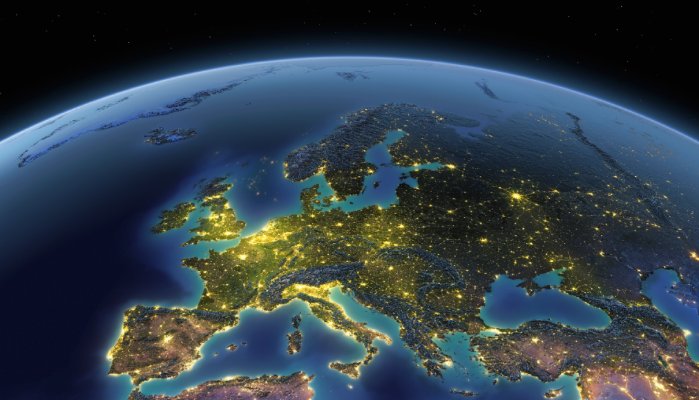
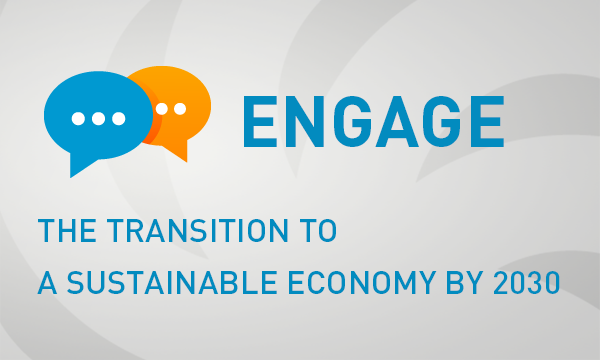
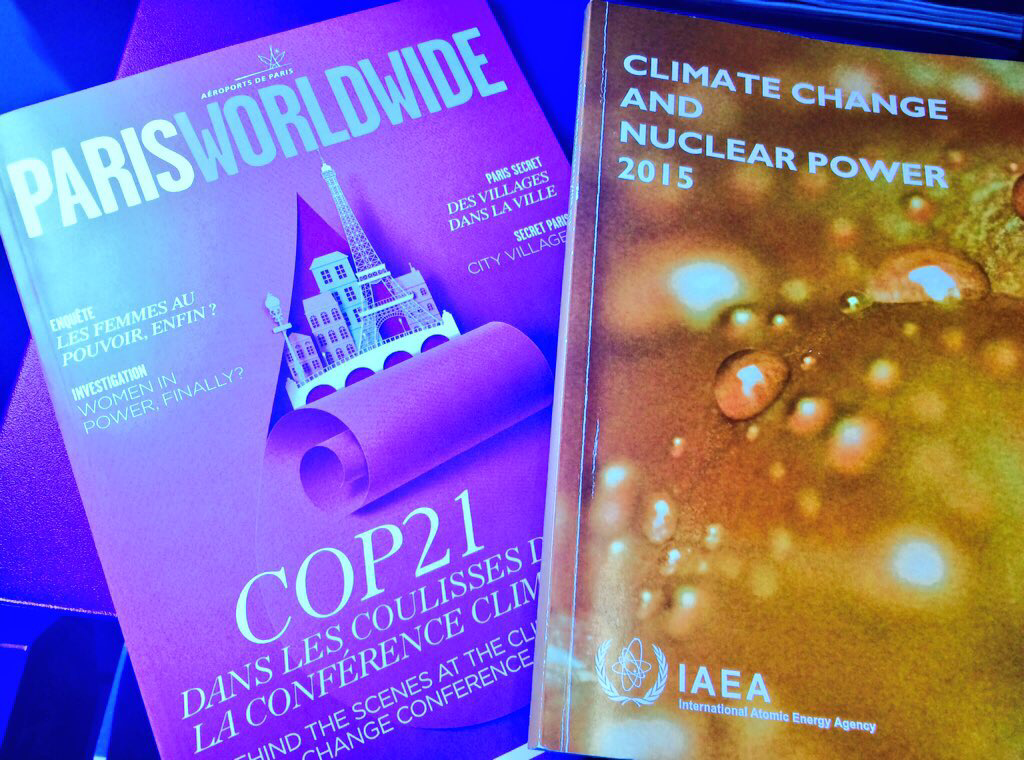
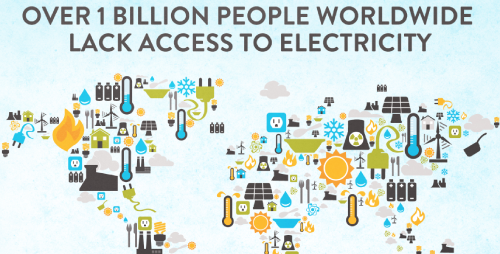
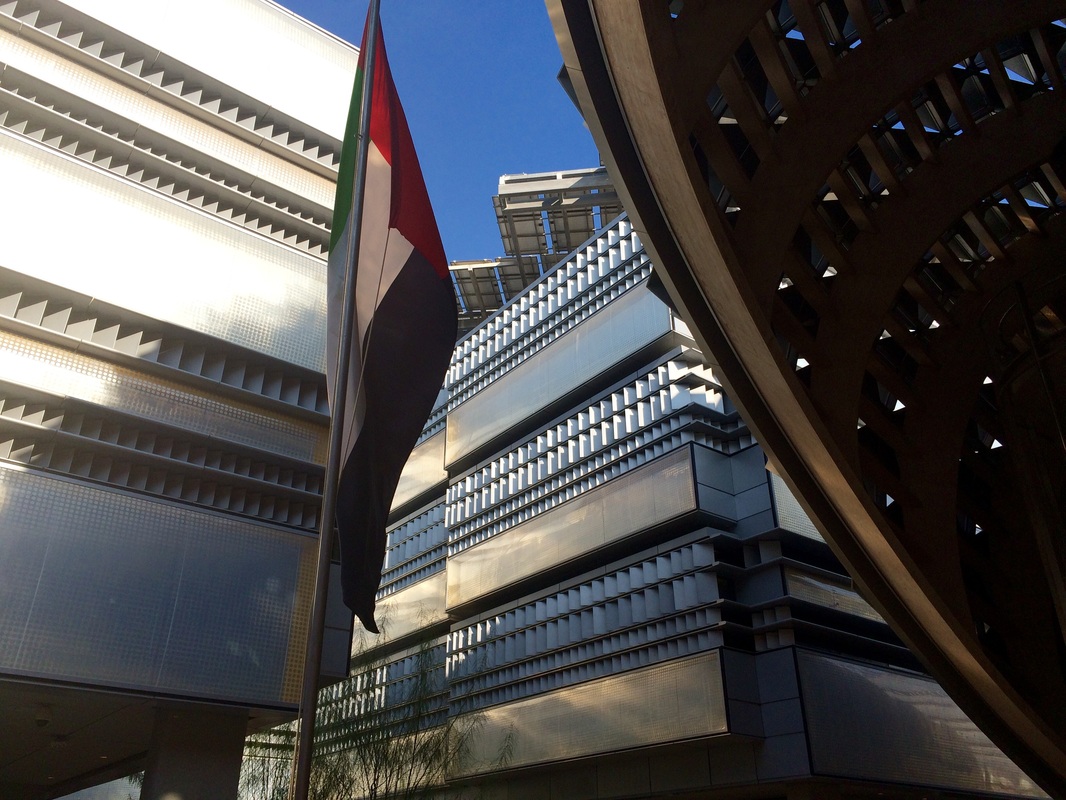
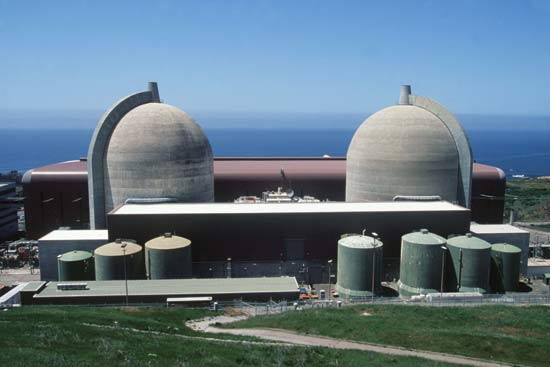

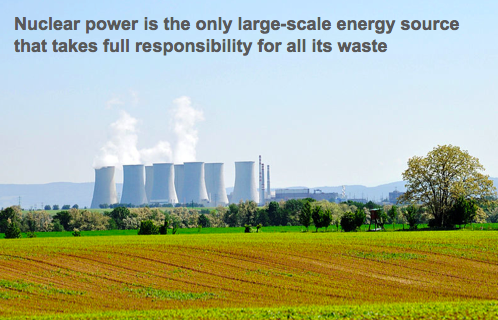
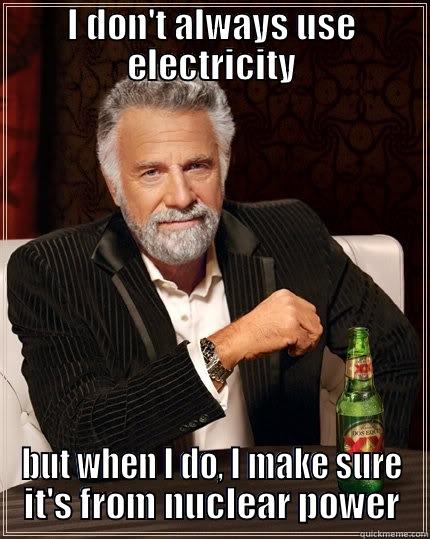

 RSS Feed
RSS Feed

